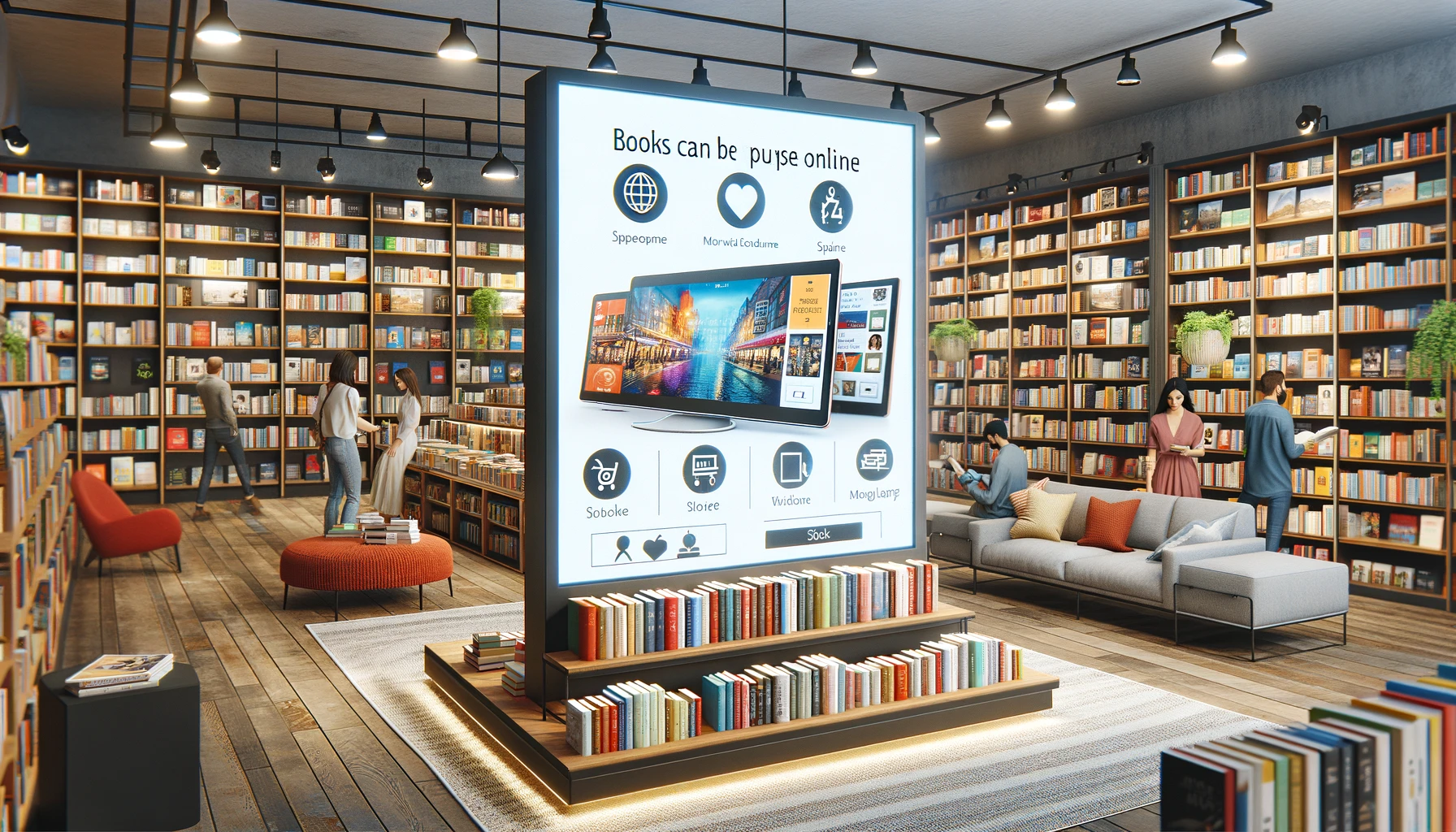Terms such as omnichannel, multichannel and unified commerce are often used as buzzwords, especially in the context of retail and marketing. But what exactly do these terms mean and how do they differ from one another? In this blog article, we take a closer look at these concepts to better understand their meaning and interrelationships.
Multichannel: The first step towards customer centricity
Definition: Multichannel refers to a strategy in which a company uses several communication and sales channels to contact customers and offer them products or services. These channels can include physical stores, online stores, social media, email marketing and telephone sales.
Example: A retailer sells its products both in a bricks-and-mortar store and via an online store. Customers can either shop on site or order the products online.
Advantage: Multichannel enables companies to increase their reach and reach customers where they are. It offers customers multiple touchpoints and increases the likelihood that they will get in touch with the company.
Disadvantage: In many cases, the channels are not integrated, which can lead to an inconsistent customer experience. A customer shopping online may not have the option to return their order to the physical store.
Omnichannel: A seamless customer experience
Definition: Omnichannel goes one step further than multichannel and aims to create a seamless and consistent customer experience across all channels. All channels are connected and coordinated so that customers can easily switch between them.
Example: A customer starts their product search on their smartphone, continues it on their laptop and finally completes the purchase in the store, with all information on product availability and customer history being seamlessly transferred.
Advantage: Omnichannel offers a unified and consistent customer experience. Customers can continue their interactions seamlessly across different channels, leading to higher customer satisfaction and loyalty.
Disadvantage: Implementing an omnichannel strategy is complex and requires close integration of the various systems and data sources. This can be costly and time-consuming.
Unified commerce: the future of retail
Definition: Unified Commerce goes one step further and integrates all aspects of commerce into a single platform. This includes not only the sales channels, but also Back-end systems such as warehouse management, customer service, accounting and marketing.
Example: A company uses a central platform to manage all customer data, stock and transactions in real time. Whether the customer is shopping online, via an app or in-store, the information is always up-to-date and synchronized.
Advantage: Unified Commerce enables a complete Transparency and control over all business processes. It improves efficiency, reduces redundancies and offers customers a highly personalized experience.
Disadvantage: The switch to unified commerce requires a comprehensive realignment of the existing IT infrastructure and business processes. It is a long-term investment that requires careful planning and implementation.
Connections and differences
Context: Multichannel, omnichannel and Unified Commerce are concepts that build on each other and all aim to improve the customer experience and make business processes more efficient. They represent different stages of development in dealing with customers and the integration of sales channels and systems.
Differences: The main difference lies in the degree of integration and the seamlessness of the customer experience. While multichannel offers multiple, often unconnected channels, omnichannel strives for seamless integration of these channels. Finally, unified commerce goes beyond pure channel integration and integrates all business processes on a single platform.
Summary
The choice between multichannel, omnichannel and unified commerce depends on a company's specific needs and resources. Multichannel is a good starting point for businesses looking to increase their reach. Omnichannel is ideal for those looking to create a consistent customer experience, while unified commerce is suitable for companies looking to fully integrate and optimize their business processes. Ultimately, moving to a higher level of integration is a journey that requires careful planning and step-by-step implementation.





